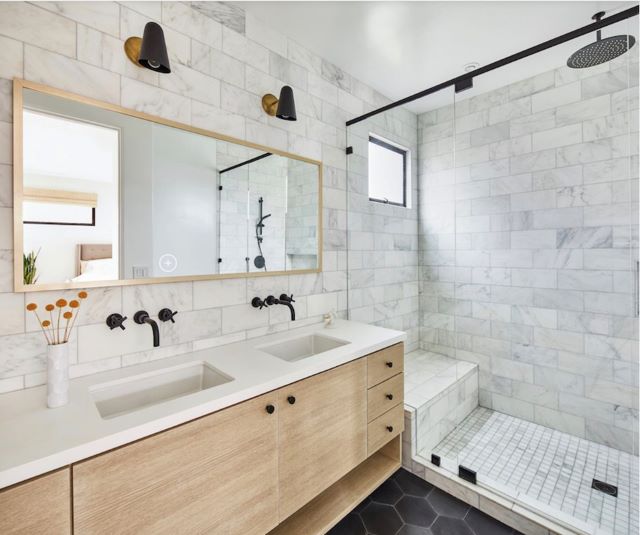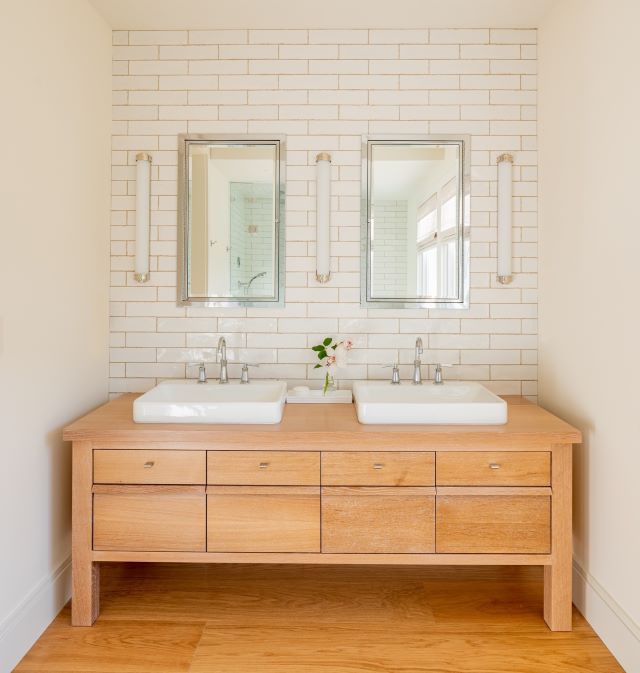Chilean Summer Stone Fruits are Fabulous
(NewsUSA) - Ready for a taste of summer? Summer may not be here yet, but you can get a head start on the season with your favorite summer fruits. Peaches, nectarines, and plums are available in your grocery store now, courtesy of the country of Chile.
- Ready for a taste of summer? Summer may not be here yet, but you can get a head start on the season with your favorite summer fruits. Peaches, nectarines, and plums are available in your grocery store now, courtesy of the country of Chile.
Located in the Southern Hemisphere, Chile enjoys summer during our winter, which means that fruits we usually associate with summer (like blueberries, cherries, grapes, peaches, plums and nectarines) are available in the winter, too. On the flip side, winter fruits such as kiwifruit and mandarins are fresh from Chile in the summer months.
Peaches, plums, and nectarines are known as "stone fruit" because they contain pits in the center.
These delicious fruits are similar in many ways, but unique in others. However, each is delicious and packs a powerful nutritional punch.
Peaches and nectarines are available in both white flesh and yellow flesh varieties; the white-flesh varieties are slightly sweeter, while the yellow ones have more tang. For yellow-flesh peaches and nectarines, be sure to allow them to ripen until they are slightly soft before enjoying on their own or in any number of delicious recipes. Chilean peaches and nectarines are available from January through March, and are a good source of vitamin C, vitamin A and fiber, among other nutrients.
Plums also are great sources of fiber, which can help slow a spike in blood sugar after consuming carbohydrates. Plums may help boost your body's production of adiponectin; a hormone that helps regulate blood sugar levels. Chilean plums come in many varieties including red, black, and even yellow! Try them all and find your favorite.
Chilean peaches, plums and nectarines are delicious and nutritious additions to smoothies, salsas, or salads, not to mention fruit cobblers and pies.
For a simple, healthy treat, try a Peach Pie Smoothie Bowl. Just add 2 ripe Chilean peaches or nectarines to a cup of Greek yogurt. Then stir in ground flax seed, almond butter, cinnamon, nutmeg, and vanilla, plus some fresh orange juice for extra zing. Add honey if you want. You can also jazz up your favorite homemade salsa with Chilean stone fruit!
Look for Chilean stone fruits now at your local retailer. Find great recipes and other menu ideas at www.fruitsfromchile.com.
(updated 3/21/2023)


 -
-  What We Never Say by Paulette Stout
What We Never Say by Paulette Stout Circus Home: A Novel of Life, Love and New Jersey by Jason Ollander-Krane
Circus Home: A Novel of Life, Love and New Jersey by Jason Ollander-Krane Wordslinger by Leonard Novarro
Wordslinger by Leonard Novarro Bad Behavior in the Workplace by Michael Weiner
Bad Behavior in the Workplace by Michael Weiner
 -
- 
 - Spring is here, and what better way to celebrate than to perk up your car and your look at the same time.
- Spring is here, and what better way to celebrate than to perk up your car and your look at the same time.  -
-  Every Other Weekend by Anthony Mohr
Every Other Weekend by Anthony Mohr The Sundial Inn by Stephen John Ross
The Sundial Inn by Stephen John Ross Royal Coconut Beach Lunch Club by Diane Bergner
Royal Coconut Beach Lunch Club by Diane Bergner Starstruck by Michael Kutza
Starstruck by Michael Kutza
 -
- 
 - A new poll paints a troubling picture of how anxious Americans are about their finances.
- A new poll paints a troubling picture of how anxious Americans are about their finances. -
- 






 - From election-season opinion polls to holiday-season parties, “fake news” is everywhere – and the harm goes beyond what’s said on the evening broadcast or the dinner table.
- From election-season opinion polls to holiday-season parties, “fake news” is everywhere – and the harm goes beyond what’s said on the evening broadcast or the dinner table. -
-  Murder Baby by G.J. Stoutimore
Murder Baby by G.J. Stoutimore My Name’s Not Jenny by Jeannine Lokey
My Name’s Not Jenny by Jeannine Lokey Lemon Curd Killer by Laura Childs
Lemon Curd Killer by Laura Childs From Scratch by David Moscow & Jon Moscow
From Scratch by David Moscow & Jon Moscow




